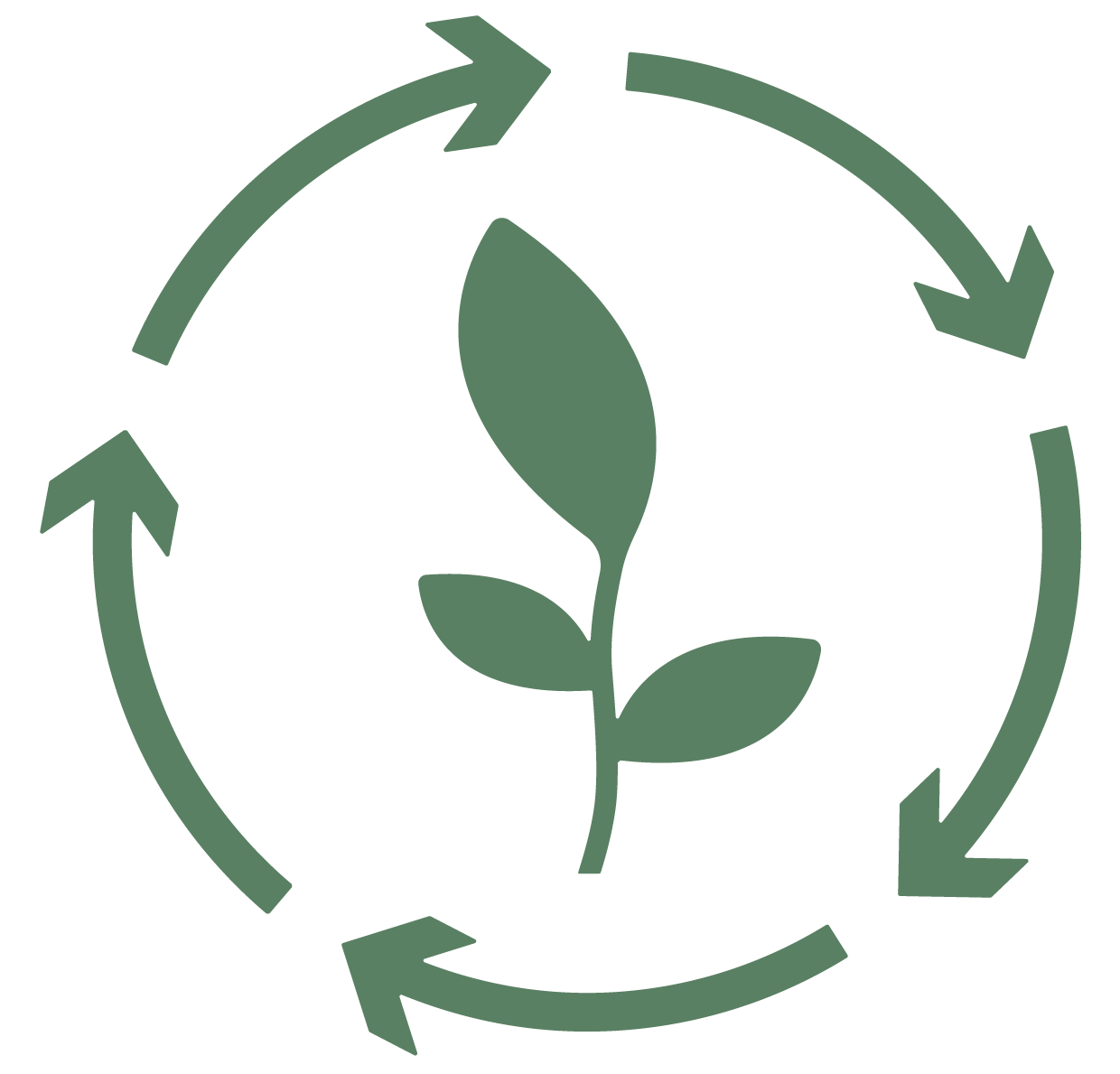1. The use of dope dyed
To dye a fabric, it must be soaked in large quantities of water, we talk about "dye baths". And it generates a large quantity of waste water. To avoid this abundant use of water, we use the dope dyed technique. It's a process that involves adding the colour pigments when the yarn itself is produced. When the yarn comes out, it is already coloured and ready to use in our product designs. And we avoid dye baths!
At Quechua, when we use this process, we claim the product is eco-designed when over 50% of its weight is made up of dope dyed fabric.







